I am taking machine learning class in courseera. The machine learning is a pretty area for me. In first programming exercise I am having some difficulties in gradient decent algorithm. If anyone can help me I will be appreciate.
Here is the instructions for updating thetas;
"You will implement gradient descent in the file gradientDescent.m. The loop structure has been written for you, and you only need to supply the updates to θ within each iteration.
function [theta, J_history] = gradientDescent(X, y, theta, alpha, num_iters)
%GRADIENTDESCENT Performs gradient descent to learn theta
% theta = GRADIENTDESENT(X, y, theta, alpha, num_iters) updates theta by
% taking num_iters gradient steps with learning rate alpha
% Initialize some useful values
m = length(y); % number of training examples
J_history = zeros(num_iters, 1);
for iter = 1:num_iters
% ====================== YOUR CODE HERE ======================
% Instructions: Perform a single gradient step on the parameter vector
% theta.
%
% Hint: While debugging, it can be useful to print out the values
% of the cost function (computeCost) and gradient here.
%
% ============================================================
% Save the cost J in every iteration
J_history(iter) = computeCost(X, y, theta);
end
end
So here is what I did to update thetas simultaneously;
temp0 = theta(1,1) - (alpha/m)*sum((X*theta-y));
temp1 = theta(2,1) - (alpha/m)*sum((X*theta-y).*X);
theta(1,1) = temp0;
theta(2,1) = temp1;
I am getting error when I run this code. Can anyone help me please?






